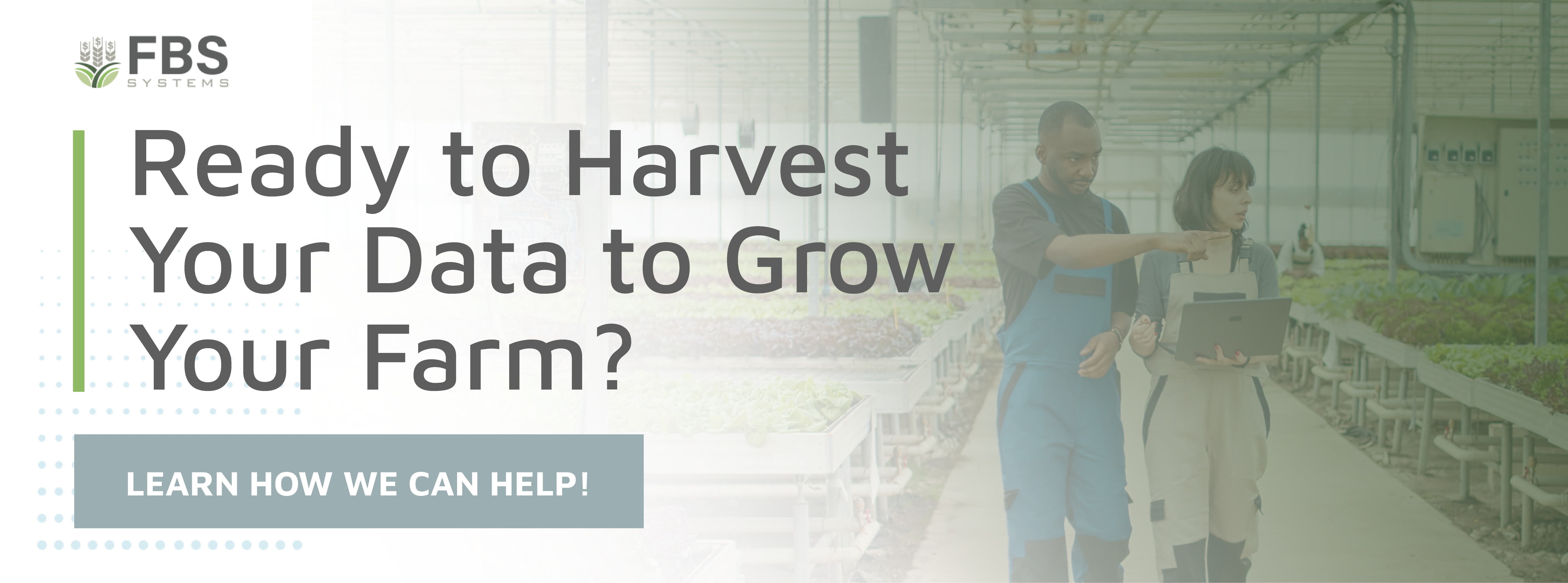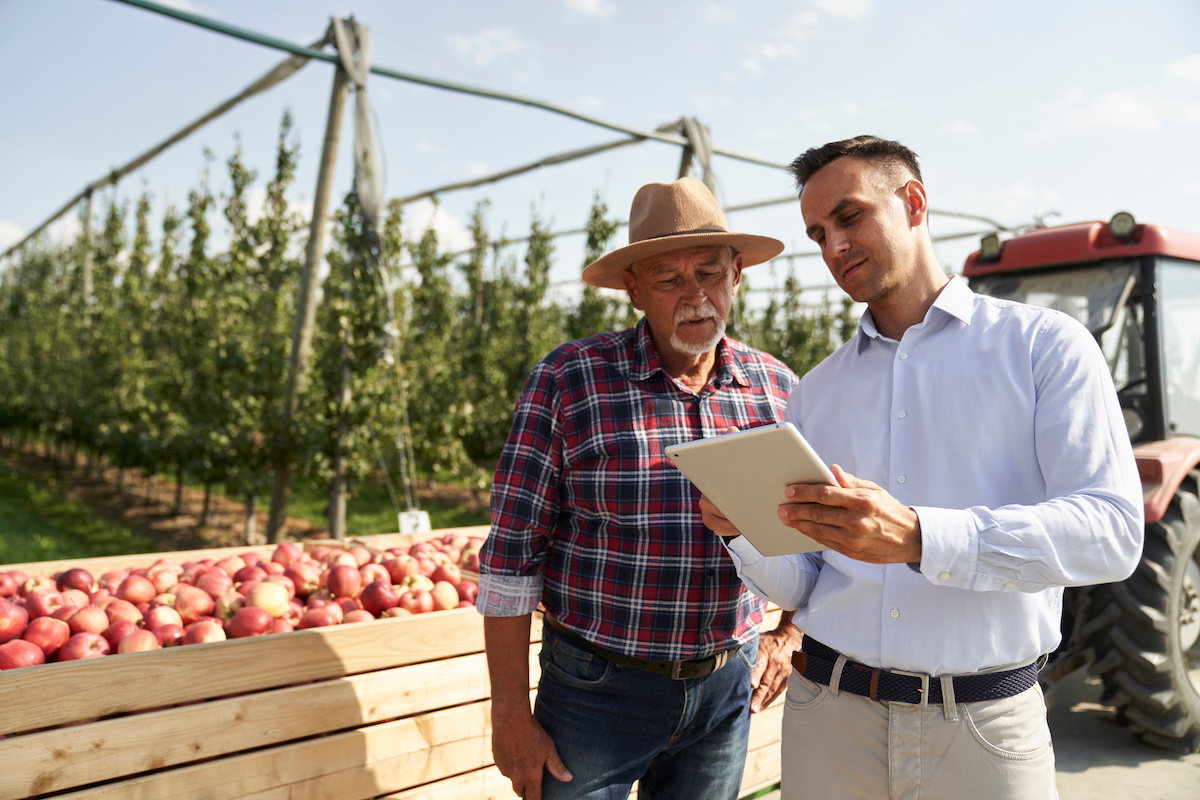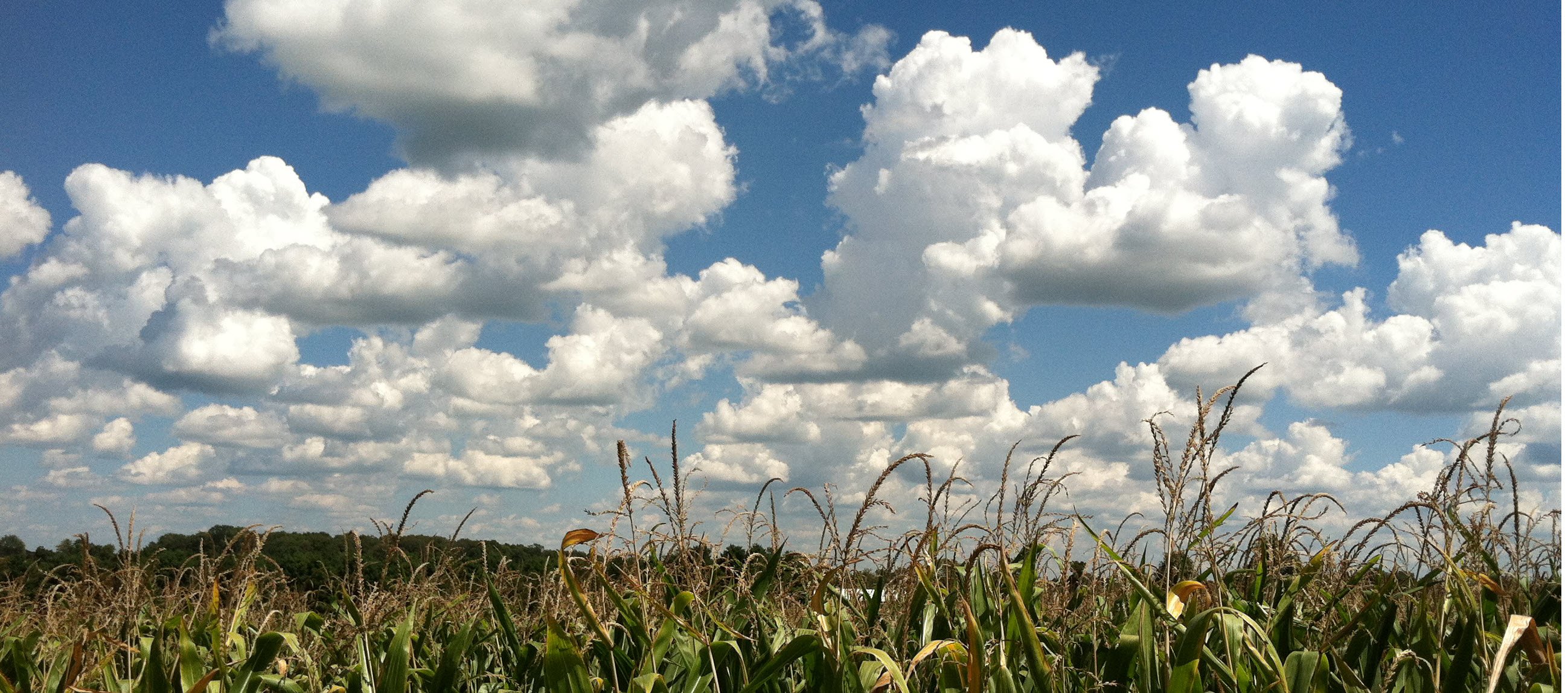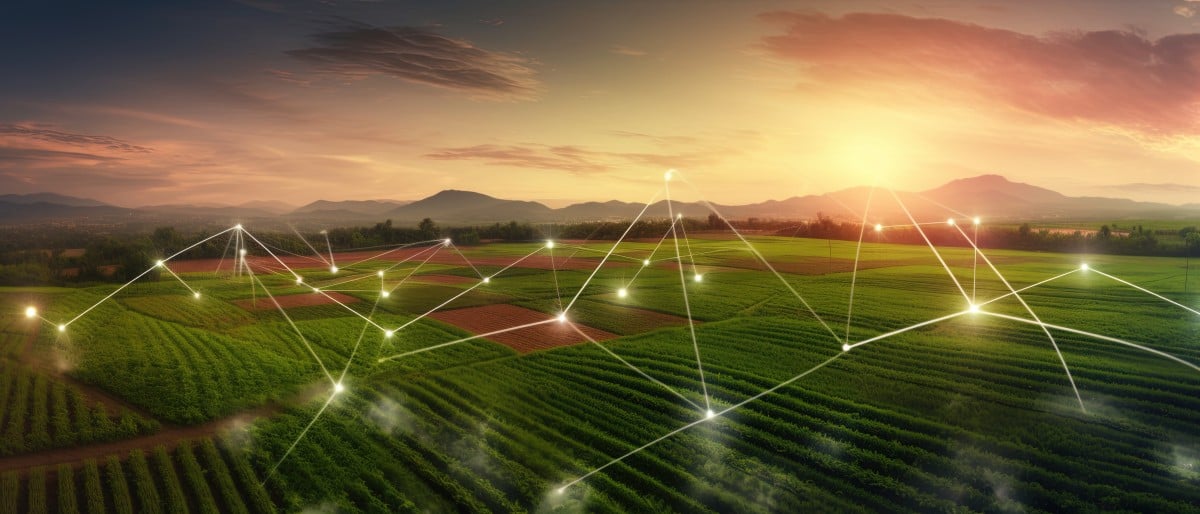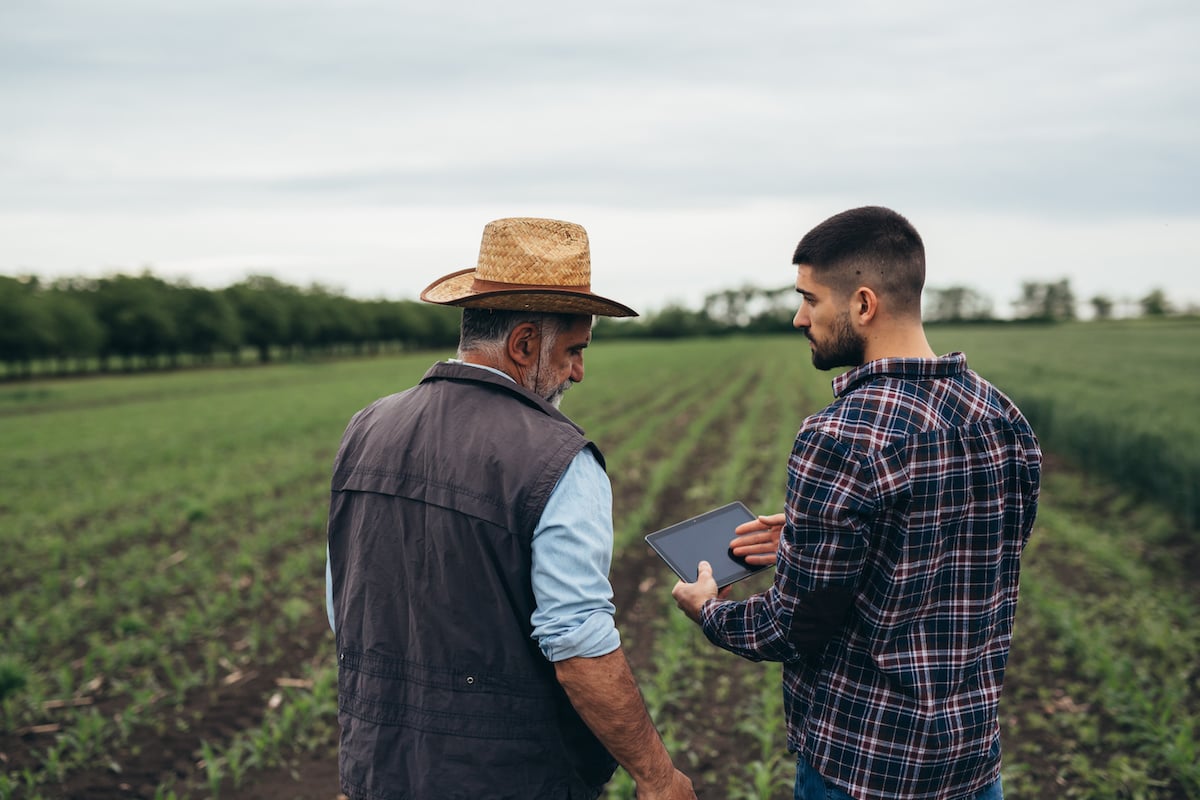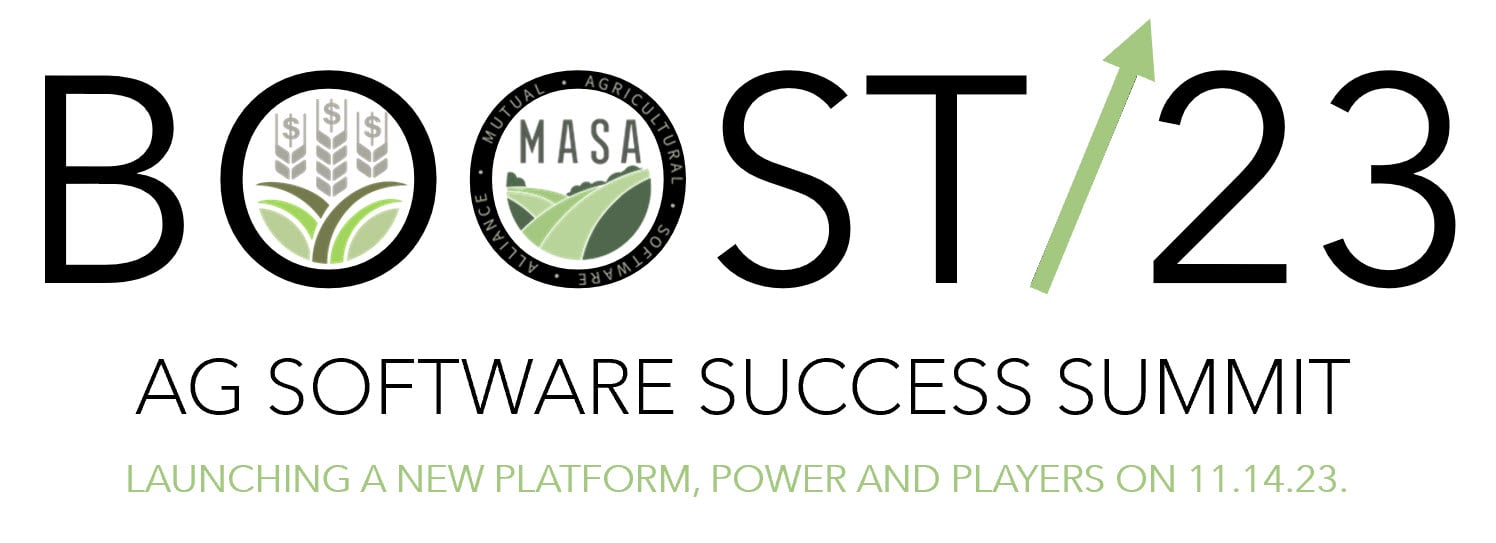For a long time, in the agricultural sector, technology, beyond farm equipment, was relegated to the back office. Thankfully, farms don’t operate that way anymore. In fact, most have learned to leverage ag tech to assist in improving productivity and profitability.
Ideally, successful farm management requires full utilization of the three levels of farm management information. Let’s take a look at what that means and how farm information provided by ag tech can improve farm management.
Quick Links
- What are The Three Levels of Farm Management Information?
- What Role Does Ag Tech Play in Farm Management Information?
- Barriers to Applying Farm Management information to Farm Operations
- How to Harness Ag Tech and Accounting to Improve Farm Management
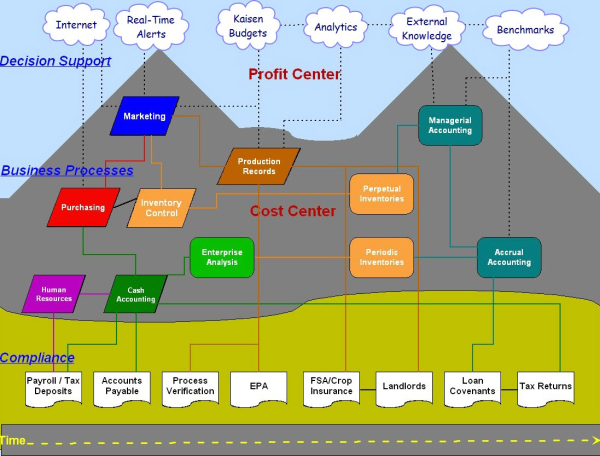
What are The Three Levels of Farm Management Information?
As demonstrated in the graphic, there are three levels of farm management information: compliance, business processes, and decision support.
Compliance is the lowest level (foothills) on the graphic refers to base level information
Business processes are the mountain trails and refers to information you have regarding inventory and additional cost centers
Decision support is in the clouds at the summit and includes managerial accounting and how the information you have available is analyzed to assist in decision making.
Note the more difficult (and valuable) the business processes, the higher the elevation represented on this chart. Furthermore, the time interval required to complete processes and reports increases as you move from left to right.
This chart allows you to plot your current level of adoption of these crucial business processes and decision support systems. Available modern ag tech has made real-time market and agronomic production data widely-accessible literally through the “cloud,” most producers are not leveraging all the data available to them.
What Role Does Ag Tech Play in Farm Management Information?
Various tools and agricultural technologies deliver valuable information on growing conditions, inventories, resource utilization, crop yield, soil nutrient levels, water usage, and other important metrics in real time.
Ag Tech also provides farmers with valuable insights into the chemical composition of different plants and animals on their farm. This includes things such as mineral content, protein content and other important nutritional values that can help them boost output or modify the diets of their livestock for optimal health and growth rates.
In addition to helping farmers optimize crop yields and animal nutrition, ag tech also enables them to better manage their resources. By tracking water use throughout the growing season, they can determine which areas on their farm need more hydration - ensuring that resources are not wasted on parts where water is plentiful but not necessary for healthy production. Similarly, data from soil tests can be used to identify areas where nutrients are being depleted due to over-fertilization or lack of rotation - enabling them to adjust fertilizer applications accordingly for maximum efficiency and greater yields.
This level of data enables your operation to focus on more than the compliance level and move into processes and decision making. In fact, all of this data, especially when aggregated in one system that encompasses your entire operation, enables you to apply management accounting principles to your farm or ranch operations and assess your current financial position to improve profitability.
Barriers to Applying Farm Management Information to Farm Operations
If all this information is so valuable, what’s stopping farm and ranch managers from leveraging it?
- Note that all activities below the mountain tops are considered cost centers, while decision support (where the real payoff occurs) is the profit center. With cost centers, there are no compelling rewards for performing compliance and business processes; just penalties for not doing them in a timely and accurate manner.* Also, by definition, a cost center is a means to an end (supporting a profit center) that consumes significant costs with little direct returns.
- The most conscientious firms often get bogged down at the compliance level without ever reaching functioning business processes. And, even the best companies can be stranded at the business process level without achieving effective decision support.
- Assuming a firm is willing and able to commit the resources to stay on top of all their compliance and business processes chores, it’s unlikely that the resulting information can be generated in a timely enough manner for quality decision support, without the proper technological support.
* Unlike the known penalties associated with compliance failures, the costs of business process failures are usually masked by the lax business processes themselves.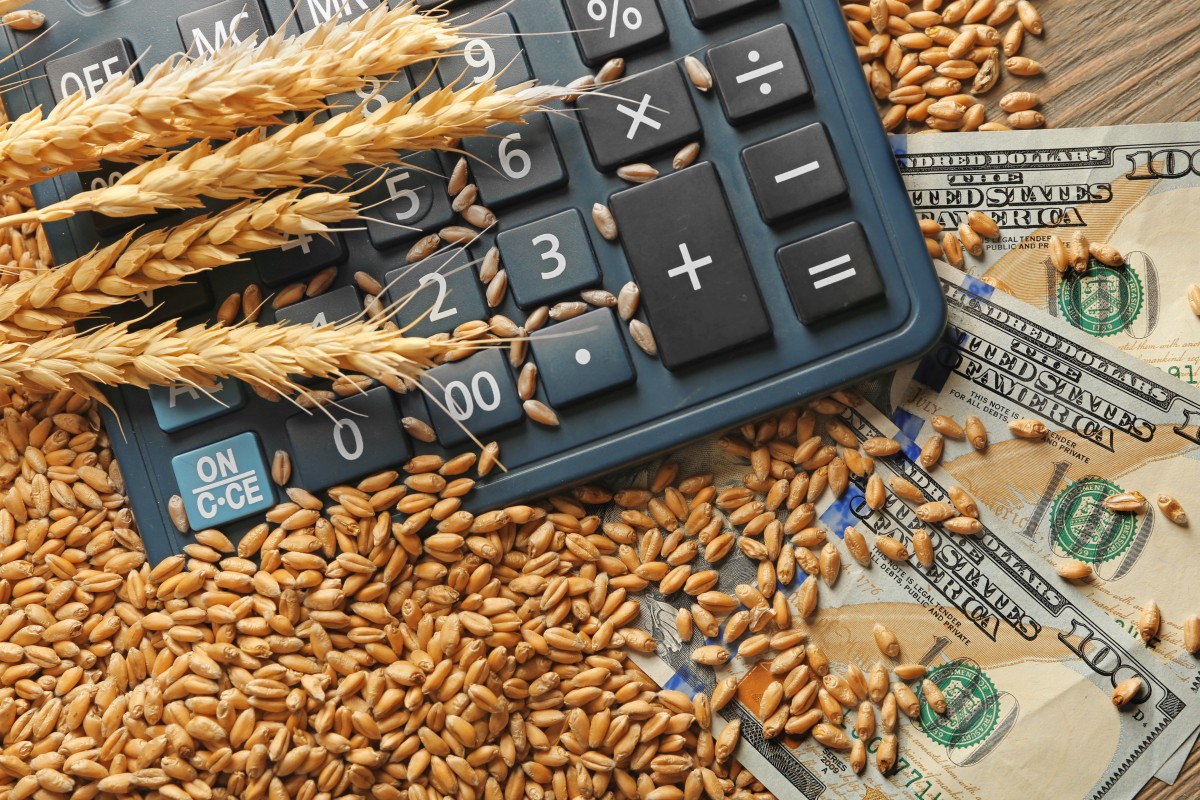
How to Harness Ag Tech and Accounting to Improve Farm Management
Is there a safe, sane route to the top? Fortunately, ag tech and ag software, specifically farm ERP software have helped a lot of operations catch up. By helping gather data directly from profit centers and associated business processes, managers are able to better see the kinds of data that can help inform decisions and provide strategic support.
If you’re ready to talk about how a farm ERP solution can help you gather the data you need to make the best decisions for growing your farm or ranch operation, get in touch with the FBS team today.